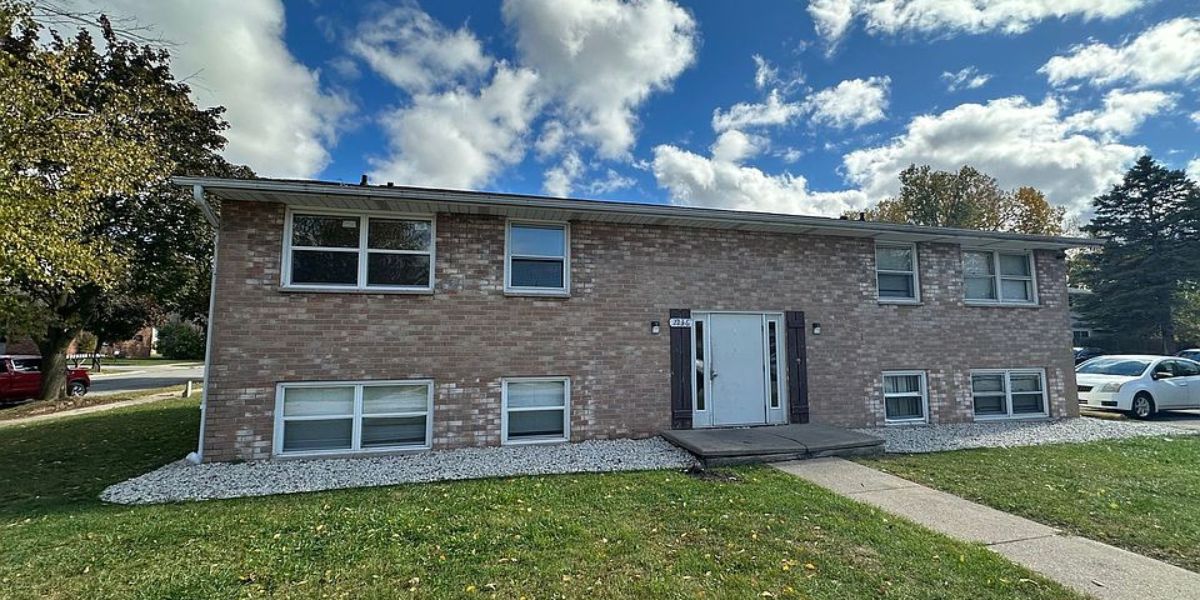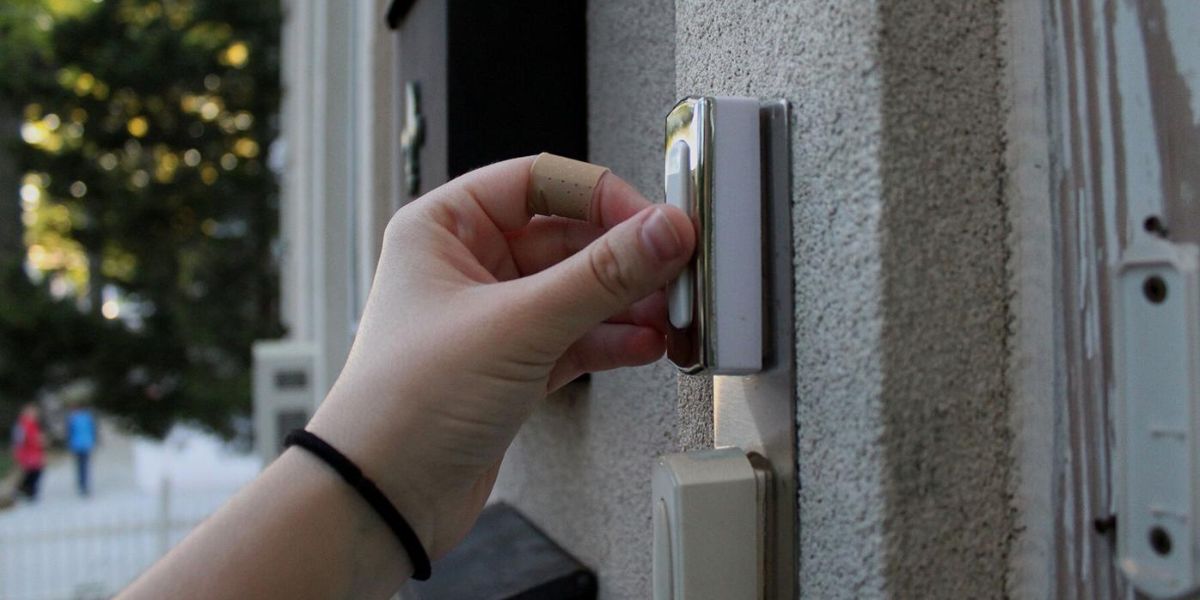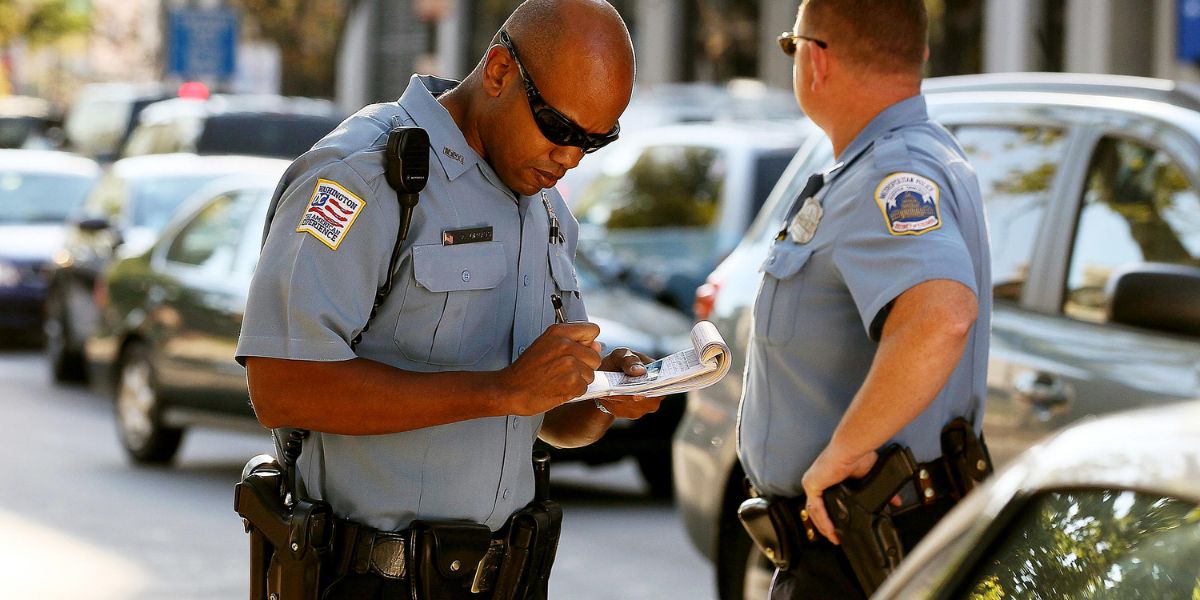Indiana, known for its industrious spirit and Midwestern resilience, is also home to communities grappling with deep economic challenges. In 2025, Austin, a small town in southeastern Indiana, has been identified as the poorest town in the state, according to an analysis by 24/7 Wall St. based on U.S. Census Bureau data.
Why Austin?
Austin, with a population of just under 4,000, faces steep economic hurdles that set it apart from most other towns in Indiana. The ranking stems from a range of socioeconomic indicators that paint a grim picture of persistent poverty and limited opportunities.
Median Household Income: Just $26,599
Austin’s median household income is less than half the statewide average of $67,173. This figure suggests widespread underemployment and a lack of high-paying job opportunities in the area.
Poverty Rate: Over 51%
A staggering 51.3% of Austin’s residents live below the poverty line—more than four times the state’s average of 12.3%. This places the town among the most economically distressed communities in the Midwest.
Educational Attainment: Only 2.3% Hold a Bachelor’s Degree
Education is closely tied to economic mobility, but in Austin, just 2.3% of adults have earned a bachelor’s degree or higher, compared to 27.8% statewide. This educational gap further limits access to skilled jobs and economic advancement.
Home Values: $74,200 Median
Homes in Austin are valued significantly lower than the Indiana average. The median home value is $74,200, while the state average sits at $158,500. This reflects both the affordability and the depressed local real estate market.
SNAP Dependency: 27.4% of Households
More than one in four households in Austin rely on Supplemental Nutrition Assistance Program (SNAP) benefits, compared to just 9% statewide. This high rate of public assistance use signals the ongoing struggle for basic economic security.
Beyond the Numbers: Life in Austin
Austin’s economic issues are not new and are not the result of skewed data from college populations, as seen in towns like Bloomington. Instead, they stem from long-term structural issues such as:
- Decline in manufacturing and industrial jobs
- Limited economic diversification
- Struggles with substance abuse and public health
- Gaps in access to quality education and healthcare
Residents in Austin live with the daily realities of economic stress, from inadequate housing and healthcare to few opportunities for upward mobility. However, despite these difficulties, community resilience remains strong.
Signs of Hope
Local nonprofits, churches, and civic groups continue to support Austin’s families. Community-led efforts like food banks, youth programs, and job training initiatives aim to break cycles of poverty and lay the groundwork for long-term growth.
Officials and advocates are calling for more targeted investments in education, infrastructure, and economic development to help revitalize the area.
Final Word
Austin, Indiana’s recognition as the state’s poorest town in 2025 is more than a statistic—it’s a call to action. It highlights the urgent need to address economic disparities that persist in small-town America and ensure that no community is left behind in the pursuit of prosperity.






